Kill la Kill (2013) – Season 1
Kill la Kill
Backdrop for Kill la Kill.
Used for reference and discovery. All rights belong to their respective owners.
All episodes from Kill la Kill (2013) Season 1
|
|
Kill la Kill (2013) Season 1
Season 1 of Kill la Kill premiered in 2013 and marks an important evolution for the series as a whole. This new chapter expands the story world while deepening the emotional resonance that has always defined the show. From the opening scenes, it becomes clear that the narrative has grown more reflective, embracing mature themes and layered storytelling. The season builds upon the foundations of previous installments but takes greater creative risks—experimenting with pacing, tone, and structure to deliver a more sophisticated experience. Viewers are invited to follow characters who are no longer just reacting to their world but actively shaping it, sometimes at great personal cost. The writing team crafts each episode with a strong sense of purpose, blending drama and tension with quieter, introspective moments that allow the story to breathe. The result is a season that feels cohesive yet unpredictable, familiar yet filled with new emotional depth.
Visually, Kill la Kill has never looked better. The production team approaches Season 1 with the confidence of a series that understands its own identity while still pushing boundaries. Every frame feels intentional: the lighting shifts from warmth to shadow to mirror internal conflict, and the camera often lingers on gestures or expressions that reveal more than words ever could. The color palette is rich yet grounded, reflecting the evolving tone of the story—from moments of hope to scenes of quiet despair. The costume and set design remain meticulously detailed, each environment telling a subtle part of the story. The music plays a key role as well, weaving emotional cues that guide viewers through tension, loss, and revelation. Even in its more restrained episodes, the season maintains a cinematic quality that rewards careful attention. This isn’t spectacle for spectacle’s sake—it’s a visual language that reinforces the emotional weight of each scene.
One of the strongest aspects of Season 1 is its focus on character evolution. The series refuses to let its characters remain static; instead, it challenges them to confront new dilemmas that test their beliefs and relationships. Long-time viewers will notice that familiar faces return under different circumstances, shaped by the consequences of their past choices. Meanwhile, new characters are introduced with purpose, expanding the story’s scope without diluting its focus. Each major character undergoes a journey that feels personal and believable—struggling with guilt, ambition, loyalty, and the search for identity. Some face external conflicts that mirror their internal battles, while others quietly unravel under the weight of memory and regret. The emotional honesty of the performances gives the season its power. Every exchange, whether whispered in a dimly lit room or shouted in desperation, carries meaning. It’s in these human moments—subtle, flawed, and deeply felt—that the show continues to earn its reputation as one of the most emotionally intelligent series of its kind.
As the episodes progress, threads from earlier seasons begin to intertwine in ways that feel both surprising and inevitable. The pacing is deliberate but never sluggish, allowing storylines to breathe and intersect naturally. Small details that once seemed incidental take on new significance, revealing just how carefully the season has been constructed. There are moments of revelation that leave audiences stunned, not because they are shocking for their own sake, but because they arise naturally from the logic of the narrative. Themes of forgiveness, accountability, and the cyclical nature of conflict are explored through parallel storylines, each offering a different perspective on what it means to change—or to refuse change. The writing shows restraint, trusting viewers to connect the dots rather than spelling out every emotion or motivation. The final stretch of episodes builds to a powerful crescendo, culminating in a finale that is both satisfying and open-ended. It honors what came before while laying the groundwork for future possibilities.
In its entirety, Season 1 of Kill la Kill stands as a confident, emotionally resonant continuation of the series’ legacy. It refines everything that fans love about the show—its attention to character, its moral complexity, its ability to blend realism with symbolism—while introducing new storytelling techniques that keep it fresh. The pacing, performances, and atmosphere come together to form a season that feels thematically rich and visually distinct. Whether you’re revisiting the series or experiencing it for the first time, this chapter offers something rare: a story that entertains while encouraging reflection. The writers understand that lasting impact comes not just from big moments, but from the quiet truths that linger after the credits roll. Season 1 invites audiences to think, to feel, and to question—and in doing so, it cements Kill la Kill as one of the most thoughtful and compelling shows of its era.
| Title | Kill la Kill | |
|---|---|---|
| Genre | Action & Adventure, Animation, Comedy, Sci-Fi & Fantasy | |
| Air Date | 2013-10-04 | |
| Season | 1 | |
| Total Episodes | 24 | |
| Overview | Honnouji Academy is forcefully ruled by the iron-fisted control of its student council and its president, Satsuki Kiryuin. Transfer student, Ryuko Matoi, arrives on campus carrying a giant sword, that is actually half of a scissor. She is looking for the woman who holds the other half of her sword who killed her father. It is said that Satsuki Kiryuin knows the identity of the killer but when Ryuko confronts her she is beaten by the student council and their powerful "Goku Uniforms" whom she cannot match in strength. However, once Ryuko receives her own "Kamui" by the name of Senketsu, the odds are lifted in her favor. | |
| Stars |
|
|
Kill la Kill - Season 1
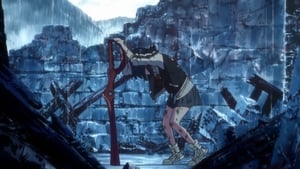
Episode 1: If Only I Had Thorns Like A Thistle
October 4, 2013

Episode 2: So Sexy She Might Pass Out
October 11, 2013
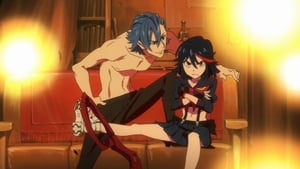
Episode 3: Junketsu
October 18, 2013
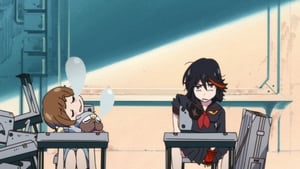
Episode 4: Dawn of a Miserable Morning
October 25, 2013
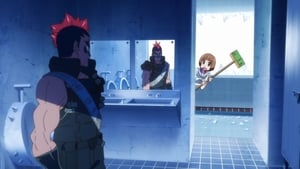
Episode 5: Trigger
November 1, 2013
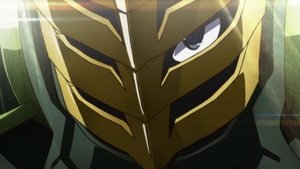
Episode 6: Don't Toy Me on a Whim
November 8, 2013
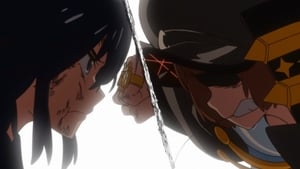
Episode 7: A Loser I Can't Hate
November 15, 2013
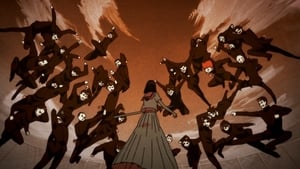
Episode 8: I Will Wipe My Own Tears
November 22, 2013

Episode 9: A Once in a Lifetime Chance
November 29, 2013

Episode 10: I Want to Know More About You
December 6, 2013

Episode 11: I'm Not Your Cute Woman
December 13, 2013
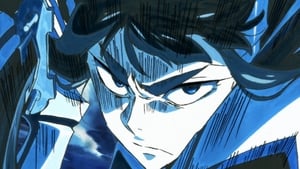
Episode 12: Spit Your Sadness Away
December 20, 2013

Episode 13: Crazy For You
January 10, 2014

Episode 14: Ride Like the Wind
January 17, 2014
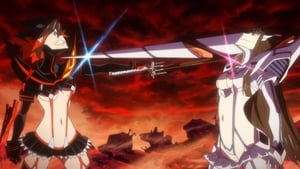
Episode 15: Don't Stop Me Now
January 24, 2014

Episode 16: The Girl Can't Help It
January 31, 2014

Episode 17: Tell Me Why
February 7, 2014
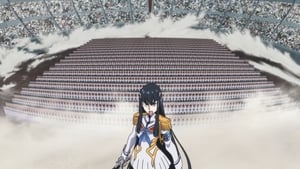
Episode 18: Into the Night
February 14, 2014

Episode 19: Raindrops Keep Falling On My Head
February 21, 2014
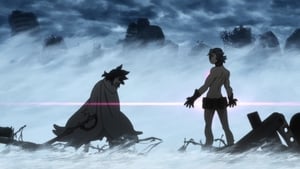
Episode 20: Far from the Maddening Crowd
February 28, 2014

Episode 21: Incomplete
March 7, 2014

Episode 22: Tell Me How You Feel
March 14, 2014
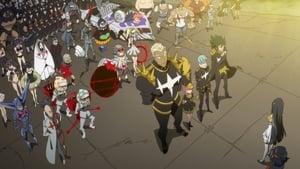
Episode 23: Imitation Gold
March 21, 2014
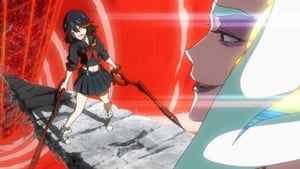
Episode 24: Past the Infinite Darkness
March 28, 2014








